Symptoms and Diagnosis of Hand, Foot, and Mouth Disease
Symptoms of hand, foot, and mouth disease usually include fever, mouth sores, and skin rash.
Hand, foot, and mouth disease is common in infants and children younger than five years old. Most children have mild symptoms for 7 to 10 days.
Symptoms include
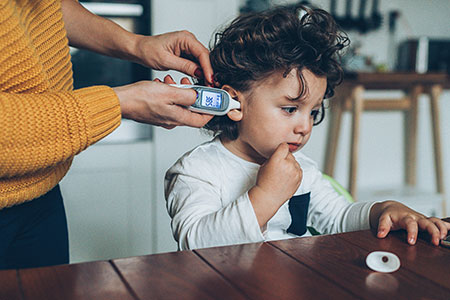
Fever and flu-like symptoms
Children often get a fever and other flu-like symptoms three to six days after they catch the virus. Symptoms may include:
- Fever
- Eating or drinking less
- Sore throat
- Feeling unwell
Other symptoms may appear over the next few days.
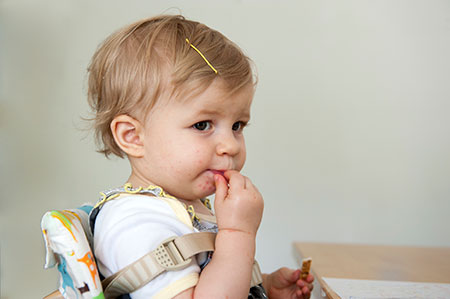
Mouth sores
One or two days after the fever starts, your child may get painful mouth sores (herpangina). These sores usually start as small red spots, often in the back of their mouth, that blister and can become painful.
Signs that swallowing may be painful for your child:
- Not eating or drinking
- Drooling more than usual
- Only wanting to drink cold fluids
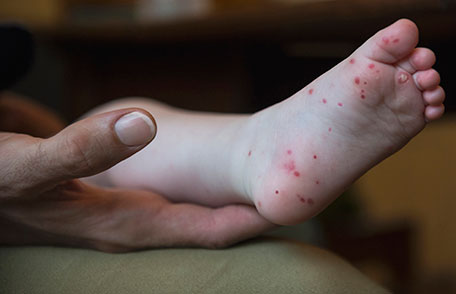
Skin rash
Your child may get a skin rash on the palms of the hands and soles of the feet. It may also show up on the knees, elbows, buttocks, or genital area.
The rash usually looks like flat, red spots, sometimes with blisters. Fluid in the blister and the scab that forms as the blister heals may contain the virus that causes hand, foot, and mouth disease. Keep blisters or scabs clean and avoid touching them.
Treat symptoms at home
Often the infection is mild, and symptoms can be treated at home. However, sometimes you need to see a health care provider.
Treat Hand, Foot, and Mouth DiseaseWhen to see a healthcare provider
See a healthcare provider if
- Your child is not drinking enough to stay hydrated
- Symptoms do not improve after 10 days
- Your child has a weakened immune system or if the symptoms are severe
- Your child is very young, especially younger than 6 months
Diagnosing hand, foot, and mouth disease
Healthcare providers can usually tell if someone has hand, foot, and mouth disease by examining the patient and considering
- How old the patient is
- What symptoms the patient has
- How the rash and mouth sores look
A healthcare professional may sometimes collect samples from the patient’s throat, blister, or feces (poop), then send them to a laboratory to test for the virus.
Related Topics
Wash Your Hands
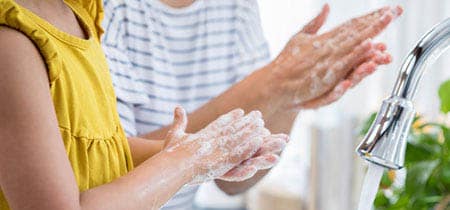
Wash your hands often for at least 20 seconds to stop germs from spreading.

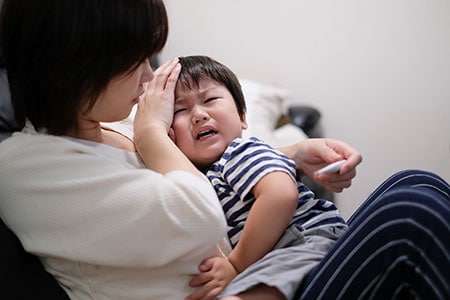























.png)











No hay comentarios:
Publicar un comentario